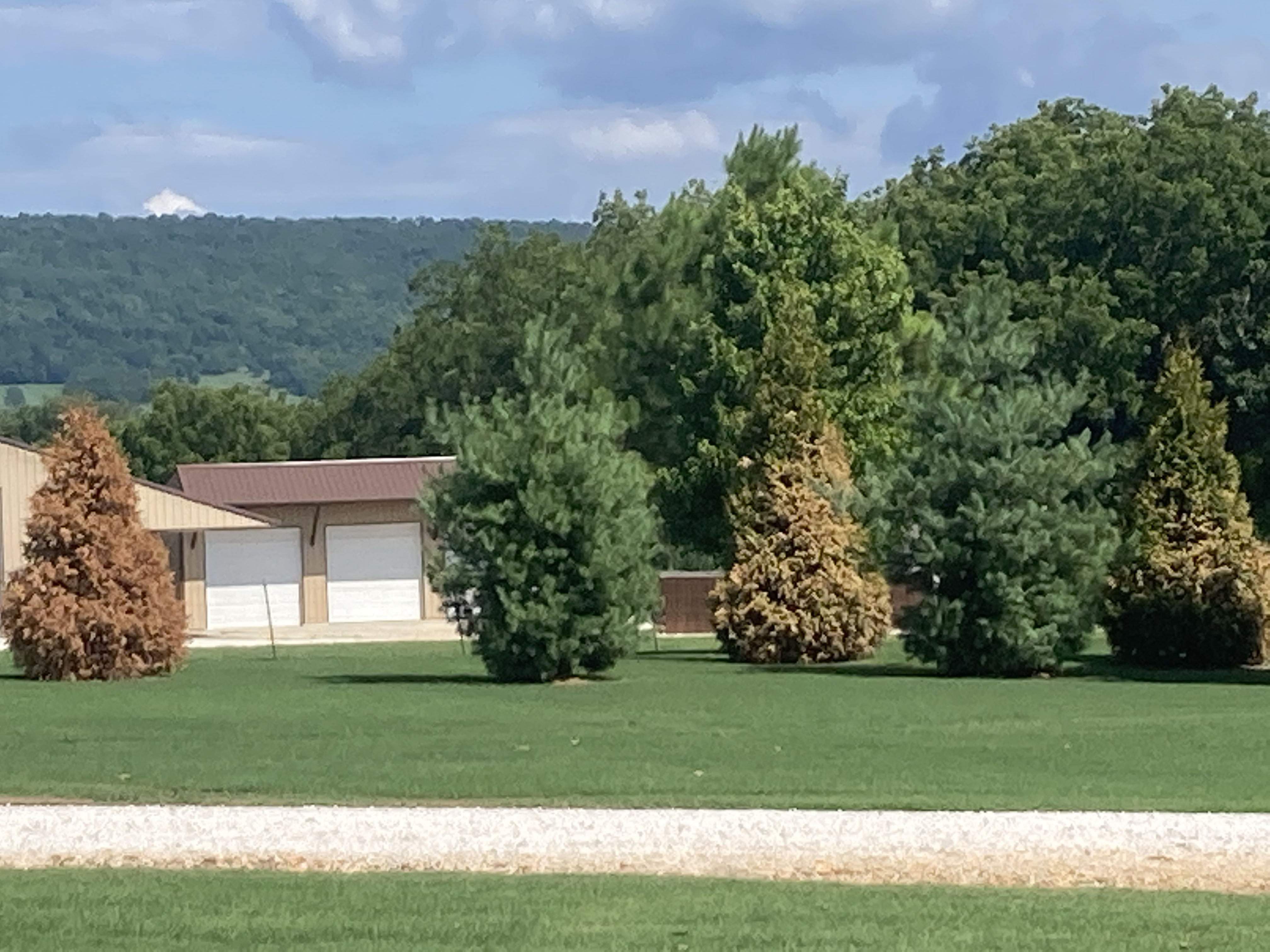Darwinian Gardening
Contact
University of Arkansas System Division of Agriculture
Cooperative Extension Service
2301 S. University Ave.
Little Rock, AR 72204

Darwinian Gardening
I’ve been following the garden plant scene for more than 50 years now and have seen lots of things come and go, in a kind of Darwinian two-step we might call the “death dance.” The dance starts smooth and easy with lots of promise, quickly builds to a crescendo and then exhausts itself with a shudder and a deep sigh. With the unpredictable and rapid swings in weather these days of changing climate, the pace of the death dance seems to be increasing.
To most of us, the grossly simplified message of Charles Darwin’s classic On the Origin of Species is that the fittest survive, the weak perish. Darwin never used the phrase “survival of the fittest” in his groundbreaking book. It was introduced in 1864 by a contemporary named Herbert Spencer, who was building on Darwin’s concept, which is simple and easy to understand so has been applied to everything from business to microbiology.
From my front porch, I looked across my neighbor’s front lawn and watched as a planting of well-established 20-foot-tall Green Giant arborvitae died one by one. All victims of a wet, cool spring – ideal for the growth of this evergreen tree with a home range straddling the U.S.-Canadian border – but an inability to tolerate the sledgehammer effect of 100-plus degree days and six weeks of extreme drought. Of course, not all of these beautiful trees will die this season, but the death dance has begun.
With each decade the surviving Green Giants will get taller and it will become harder for the surviving trees to pull moisture from a dry root zone and transport it to the top of the tree. After every drought cycle, there will be fewer survivors until all are gone. Irrigation in a well-managed landscape will delay this outcome, but eventually, the system will fail at a critical time or someone will decide this fine old tree is well established enough to survive on its own and the remaining trees will start the death dance shuffle.
Knockout roses hit the garden world in the mid-90s, actually about the time Joplin nurseryman Frank Finger began propagating the Green Giant arborvitae in mass. I saw these new shrub roses and thought; “This is something special.” We had just been through a wave of rose rosette, a mycoplasma disease that indiscriminately kills garden roses, when Knockout roses hit the scene. For about a decade these new roses reigned supreme, but rose rosette cycled back through the countryside and in just a few years their susceptibility was obvious. Though a plant with great garden potential, the death dance kept it from becoming a permanent feature of the Arkansas landscape.
Crapemyrtles present an interesting example of a plant whose range is actually expanding during this time of climate change. Fifty years ago, crapemyrtles just weren’t a part of the north-Arkansas landscape. Too cold. Sure, there might be a tree that survived a winter or two before it froze to the ground, but eventually, they froze back and were removed. Then, starting about 25 years ago, we began to see these tough favorites of milder parts of the South blooming in the summer throughout northern Arkansas. Sure, they still freeze back — perhaps once every decade or two — but not every couple of years as happened in decades past.
But in the garden, more than environmental change governs survival. We can’t forget changing fashion. I was sorely reminded of this a couple weeks ago when I drove by my old house that was sold to a house flipper who ripped out my two-decade-old azalea beds in favor of the lean, austere look of modernism. A host of once-common trees, shrubs and flowers are on the compost pile because fashion changed and the old ways were no longer good enough. I can only take heart by remembering that in gardening and fashion in general, what was once old will be new again as the current fashion trends fade away.
The biggest trend in the garden world in the past two decades has been the shift towards using native plants. Natives have obvious advantages in terms of adaptation, even though many lack the glitz and glamor impatient gardeners seem to demand. But even native plants will have to adapt to our changing climate. Dogwoods experienced a major die-off because of dogwood anthracnose, a disease that reared up seemingly from nowhere, because – at least partially – of subtle changes that can be linked to climate change. Millions of acres of western American conifers have been killed by bark beetles over the past two decades because of warming winters. Even natives will not be immune to the death dance as the great sorting out of Darwinian survivors continues.
